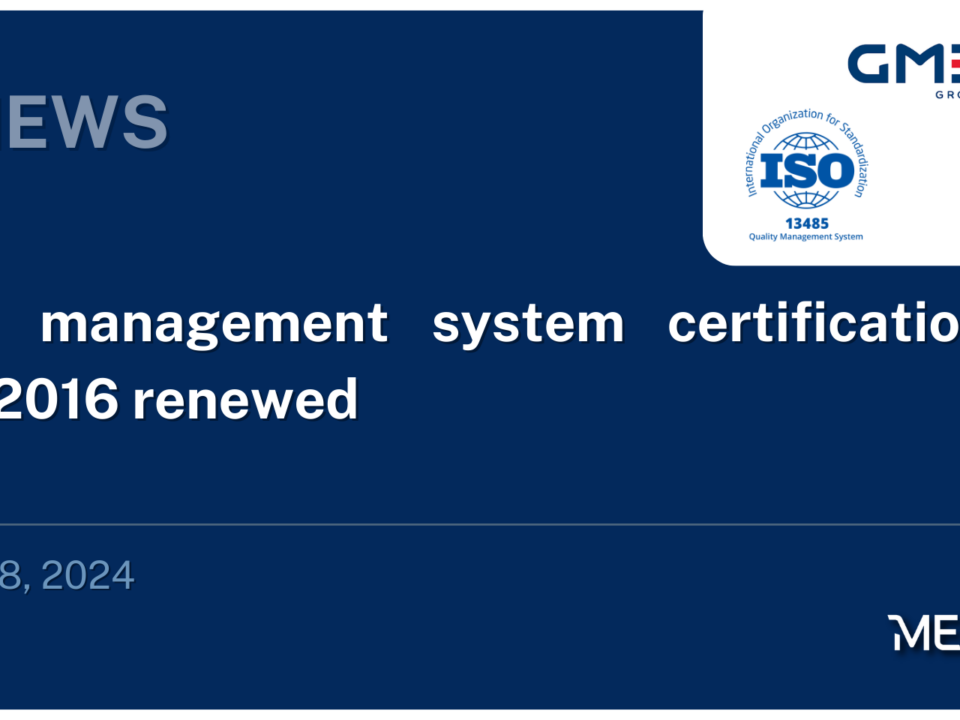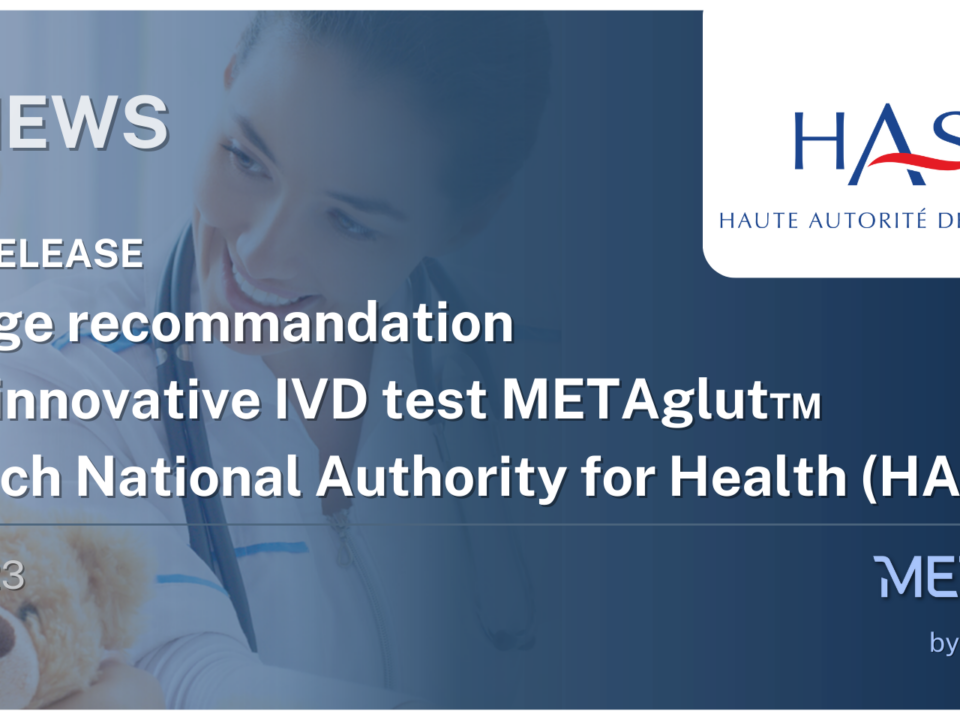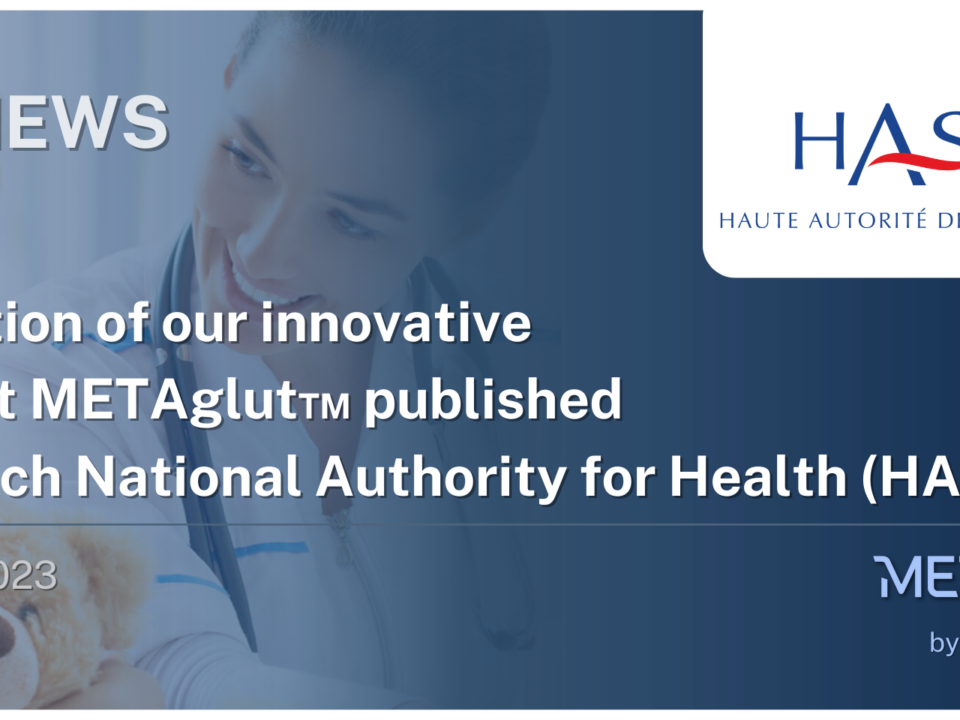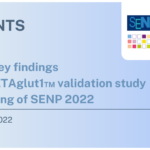
Revealing key findings from our METAglut1™ validation study at the meeting of SENP 2022
February 17, 2022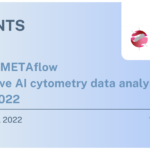
Introducing METAflow our innovative AI cytometry data analysis platform at ESCCA 2022
September 21, 2022Testimonial from Dr. Domitille Gras on our innovative IVD test METAglut™ during World Health Day 2022


May 3, 2023.
[NEWS] Company ; METAglut1™
We are proud to share insights from Dr. Domitille Gras, a renowned neuropediatrician specializing in speech and learning disabilities at the AP-HP Assistance Publique Hôpitaux de Paris.
She has provided her expert perspective on our innovative in vitro diagnostic test, METAglut1™.
METAglut1™ is our first IVD blood test designed to aid in the early diagnosis of Glut1 Deficiency Syndrome (Glut1DS), also known as De Vivo Disease. This rare neuro metabolic disorder can have a profound impact on the lives of affected children.
We believe that our diagnostic tool represents a significant advancement in identifying the condition, which can have profound implications for affected individuals and their families.
In her testimony, Dr. Gras highlights the significance of the METAglut1 test in diagnosing Glut1 Deficiency Syndrome (Glut1DS), a condition that can profoundly impact a child’s development. Her insights underscore the importance of early detection and accurate diagnosis in improving patient outcomes. We invite you to read her testimony to learn more about the impact of METAglut1 on clinical practice and patient care.
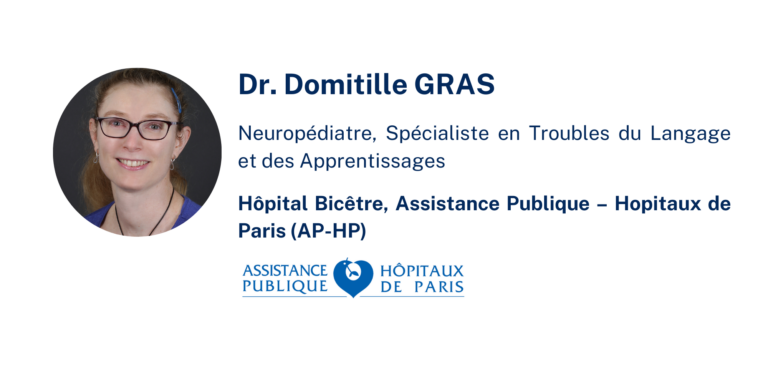
Testimonial
Paris, France. April 7, 2022. Testimony of a neuropediatrician on the great adventure of the development of the METAglut1™ test, for helping in the diagnosis of Glut1 deficiency syndrome.
“The story of METAglut1, like many discoveries, began by chance, when a novel treatment was initiated in the research setting in a child with a rare metabolic disease, type 1 glucose transporter deficiency.
In this disease, an essential transporter to bring glucose to the brain from the bloodstream does not function efficiently. Glucose being the main source of energy for our brain, patients suffering from this disease suffer from an early and chronic cerebral energy deficiency, leading to disabling neurological symptoms associating to varying degrees permanent motor and learning disorders, and often paroxysmal manifestations such as epileptic seizures and/or bouts of abnormal movements. Patients often see their symptoms worsen under the effect of stress, effort, and youth, and try to recover from their attacks by rapidly ingesting sugar. By introducing treatments providing energy alternatives to glucose, in particular ketone bodies, such as a ketogenic diet or triheptanoin, the treatment studied in the trial including this young patient, a satisfactory cerebral energy source is restored, with a considerable improvement in health in the majority of patients. Insofar as the early diagnosis, to allow as soon as possible the introduction of an energy source other than glucose that cannot be used by the brain, is the key prognostic factor in this pathology, the challenge is to know how to think about this disease and to search for it wisely, which is not always easy given the great variability of the signs that patients may present. In addition, the cumbersome diagnostic process, which relies on lumbar puncture and genetic analysis, still limits the possibilities of access to diagnosis. Currently, hundreds of patients worldwide are affected by this disease and remain undiagnosed.
While our young boy’s therapeutic trial was going perfectly well, the blood test performed as a follow-up came back with abnormalities in the appearance of the red blood cells. Vigilant because of the recent introduction of a new treatment in this young patient, we decided, with Dr. Fanny Mochel, the investigating physician of the trial at the Pitié Salpêtrière University Hospital, to seek advice from a biologist specialized in pediatric hematology. I had the child’s blood samples transferred to the hematology laboratory of the Robert Debré University Hospital, along with a request for advice by e-mail, hoping for a fairly rapid response, but I got much better: Professor Lydie Da Costa, head of the hematology laboratory, invited me into her office to discuss the child’s pathology and the appearance of the slides. I discovered a doctor of great kindness and contagious enthusiasm, wanting to know everything about this genetic disease. I willingly answered her many questions, being myself passionate about the subject, and told her what I knew about the disease, a knowledge accumulated through the many rich encounters with patients and their families mobilized before the therapeutic trial phase. She showed me, intrigued, the particular aspect of the red blood cells, which were dehydrated. I understood that this was linked to his pathology, because of the expression of GLUT1 also on the surface of the red blood cells, and I thought of the cases of anemia reported in this disease, but Lydie Da Costa immediately reassured me that the abnormalities observed in the little boy were benign: this did not lead to the destruction of his red blood cells. She did not know anything about the GLUT1 transporter deficiency, but in her extensive knowledge of biology, she knew about the GLUT1 protein…and the teams specifically doing research on it. We continued to think animatedly, fired up by the coming together of our knowledge leading us to the edge of discovery, and she remembered the key team in the field: the Metafora team. This young biotech company had just presented its work on the GLUT1 protein: very interested in this biological marker of our cells’ appetite, Metafora had just developed a ligand that binds specifically to the surface of red blood cells on the GLUT1 protein, with the innovative idea of developing early screening tests for inflammatory or cancerous diseases, whose cells have tenfold energy needs. Lydie Da Costa jumped on her phone, one hour later Vincent Petit, president of Metafora, was in the department and testing his technology on the child’s samples. A few hours later, the verdict was in: The diagnosis of a serious and treatable disease, which until then required such heavy, costly and invasive diagnostic processes as long genetic investigations and hospitalizations with lumbar puncture, on a simple blood sample… A quantification of the GLUT1 protein on the surface of the red blood cells, as simple as it is clever, to reflect the dysfunction of the protein at the cerebral level, with a result obtained in a few hours!
What followed was a formidable adventure, as dense as it was promising: To refine the knowledge on GLUT1 expression levels in the general population, to try to understand the interpretation of the test results in patients affected by the disease, according to the clinical forms, the mutations, the possible differences in the functioning of the protein between red blood cells and brain… Carried by the inspiring energy of Fanny Mochel, who gave me all her confidence and her exceptional expertise, and the unfailing support of Prof. Odile Boespflug Tanguy, both of whom immediately perceived the stakes of such a discovery in terms of scientific advances and benefits for patients, I embarked on the path opened up by this brilliant discovery, in spite of the obstacles that stood in the way, and soon we all continued to make progress together to bring the project to the top, step by step, rejoicing when the test managed to detect forms not identified by lumbar puncture and genetic analysis, testing as many patients as possible, from France to China, and collecting cases of false negatives to better understand the physiopathological mechanisms of the disease… Our first results on retrospective cohort, very encouraging, were published in Annals of Neurology in 2017
Subsequently, Metafora obtained, thanks to an innovation package granted by the HAS, the possibility to conduct a national study. This was a great opportunity to develop the design of a large-scale study to evaluate the performance of our test, named METAglut1, compared to the reference strategy in GLUT1 transporter deficiency, including lumbar puncture and genetics, in a large prospective cohort of more than 400 patients in more than thirty French hospitals.
The results, currently being published, provide remarkable specificity and sensitivity for METAglut1, with a much faster, simpler and non-invasive method than previously recommended diagnostic strategies. This opens up tremendous prospects, in particular for much earlier and broader screening for GLUT1 transporter deficiency, by offering METAglut1, a rapid and easy-to-use test, to any child or adult presenting symptoms suggestive of this disease. The stakes are high, to reduce diagnostic wandering and improve the life trajectory of all identified patients. Moreover, the benefits in terms of health economy are obvious, if we consider the costs inherent in complex and repeated examinations, hospitalizations, diagnostic errors and complications presented by patients who are not treated.
Beyond this pathology, the fundamental advances offered by METAglut1 to better understand the functioning of the GLUT1 transporter, its inhibition or overactivation mechanisms, offer very promising avenues for research against cancer and neuroinflammatory pathologies such as Alzheimer’s disease. The adventure is not over….
On this World Health Day, I am happy to share this scientific discovery and I am fortunate to have contributed to the development of a new diagnostic test, in collaboration with talented and generous colleagues, without whom nothing would have been possible. It is my hope that METAglut1 and the resulting research will lead to major advances in such important and diverse health areas as neurodevelopmental disorders, cancers and inflammatory diseases.
METAglut1 is the fruit of all that seems essential to me in the concerns of any health actor for a better health of children, women and men: intellectual generosity and curiosity, rigor and honesty, sharing of diversities of competences in mutual enrichment and respect of each one, confidence and solidarity, tenacity and courage. These are the foundations for scientific advances, focused on one objective: to offer optimal quality care, boosted by innovations, reducing the burden of health care costs in a way that is truly beneficial to all, above all by improving the patient’s journey, while actively limiting the stress and violence that can be found along the way for patients and sometimes for caregivers in a health care system that is shaking its bearings. For beneficial care, the least invasive possible and preserving humanity, provided by caregivers who place empathy at the heart of their practice.”
Domitille Gras, Neuropédiatre
domitille.gras@institute-icm.org
About Dr. Domitille GRAS
Dr. Domitille Gras is a neuropediatrician with specialized expertise in children with neurodevelopmental disorders. She works at the Reference Center for Language and Learning Disorders (CRTLA) at the Bicêtre University Hospital as a Hospital Practitioner. She is involved in teaching and training on neurodevelopmental disorders and conducts research focused on these topics, particularly on developmental coordination disorder.
About the AP-HP Assistance Publique Hôpitaux de Paris
The AP-HP Assistance Publique Hôpitaux de Paris is a major institution in the French health care system. AP-HP takes its pride of more than eight centuries of providing care for the Parisian population.
It is a publicly-funded health system affiliated with 6 universities. It is the largest Academic Medical Center in Europe, with 38 hospital locations, divided into 6 main hospital systems.



